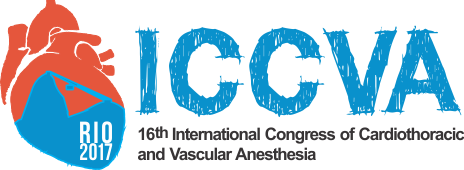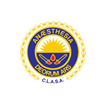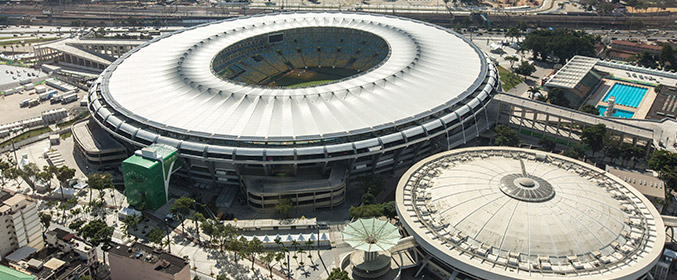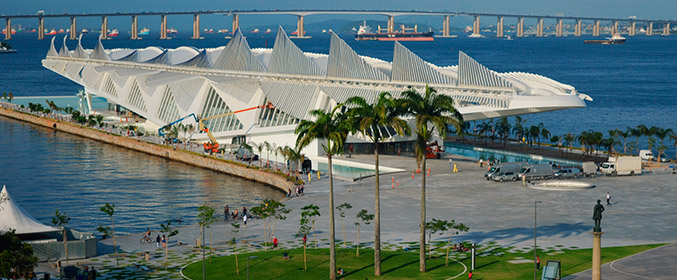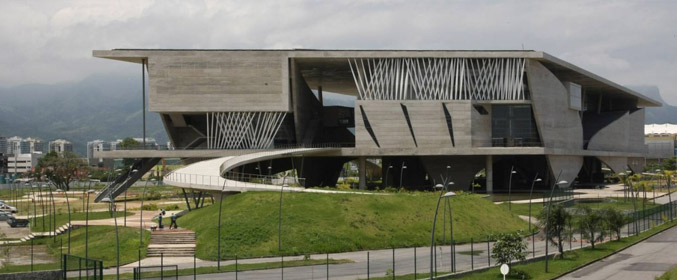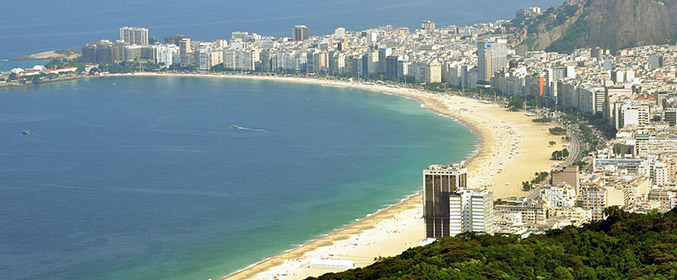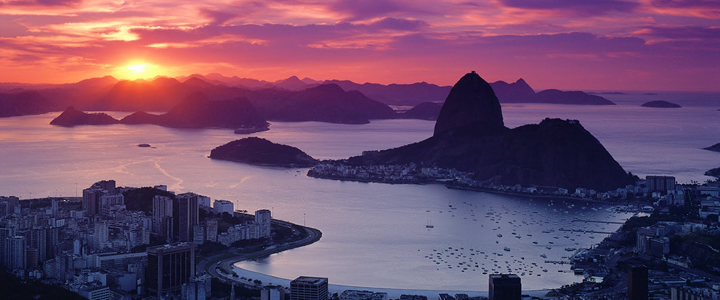
One of the biggest economic and cultural centers of South America, Rio de Janeiro City is located in the heart of the Southeast Region which concentrates 60% of Brazil’s GDP. cosmopolitan metropolis, known worldwide for its beauty and its natural resources, the City provides its residents and visitors a smooth and pleasant ambience for leisure and work, which combined with its infrastructure, makes Rio an important center of commerce and services and we also have a modern and diverse industry.Occupying an area of 1,261 Km2 extension, with a population of 5,850,544 inhabitants (according to IBGE – Census 2000), the City of Rio de Janeiro has recognized as one of its greatest virtues, the warmth and hospitality with which its people welcomes its visitors.
The City of Rio de Janeiro receives annually more than 2.0 million foreign tourists, which is situated as the most visited city in the country, according to Embratur, with an approximate share of 33% of foreign tourists. In the domestic tourism receives more than 5.0 million visitors / year. With its ample infrastructure of tourism services, to Rio de Janeiro City is ranked among the top destinations in the world at the reception of cultural, commercial, technical and scientific – fairs, symposiums, conferences and exhibitions. Its lush nature includes 90 km of beaches, the Tijuca National Park, which includes the largest urban forest in the world, with 3,200 ha of forest, and the State Parks of Pedra Branca, Desengano and get-together, covering an area of 48,500 ha and the Rodrigo de Freitas lagoon, in Jacarepagua, Camorim, Tijuca and Marapendi.
Attractions
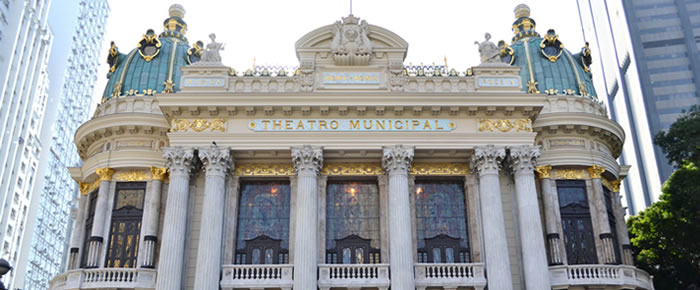
Municipal Theatre
Design and construction of A. Guilbert and Francisco de Oliveira Passos. Its inauguration took place on 14 July 1909. The main murals are by Eliseu Visconti – the ceiling and back drop – by Rodolfo Amoedo. The mosaics are of Henrique Bernardelli.
(Address: Praça Floriano without number – Centro Tel.: (55 21) 2544-2900 Hours: Visits by appointment Mondays and Tuesdays / Thursdays and Fridays from 9 to 16h.)
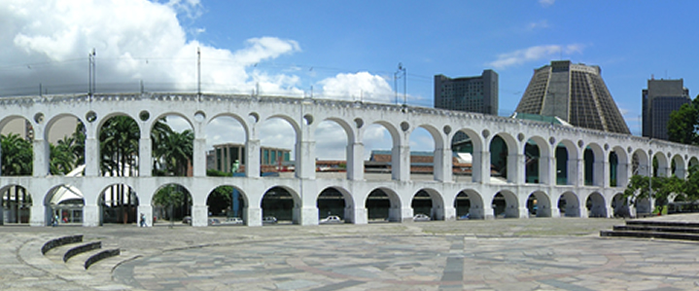
Lapa Arches
Located in Largo da Lapa, where in the past focused the Rio nightlife, the Arcos da Lapa remain as the main monument of colonial Rio. Its magnificent structure is composed of 42 arches in two tiers. It was originally built to supply the city with water from the Carioca River, a name that originated his first name, Carioca Aqueduct. About aqueduct, now travels the tram connecting the center to the old streets of Santa Teresa, picturesque neighborhood with an artistic community and wide range of bars, restaurants, museums, cultural centers and art studios.
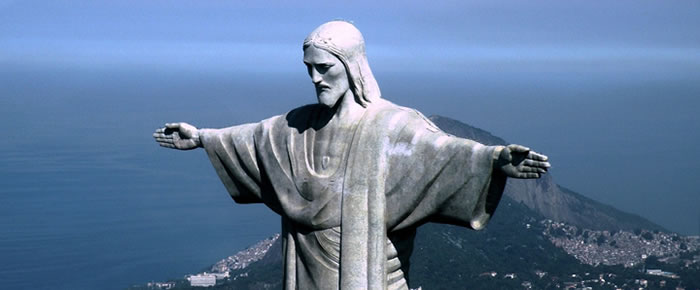
Corcovado – Cristo Redentor
The Corcovado Peak, in its top the image of Christ the Redeemer is one of the main symbols of the city. This huge block of vertical and apparent rock emerging from the woods, dominating everything around is undoubtedly one of the reasons that make the Rio de Janeiro to “Marvelous City”. Built in reinforced concrete, coated by small triangles of soapstone, on a pedestal of 8 meters high, where there is a chapel for 150 people, the statue is 30 meters high; the distance between the ends of the fingers is 28 meters; its total weight is l.l45 tons, and the head weighs 30 tons and 88 tons each arm. The climb to the top of Corcovado, which is part of the Tijuca National Park, can be reached by electric train or taxi and van. (Address: Little train station: Cosme Velho Street, 513 – Cosme Velho – Tel: (55 21) 2558-1329 Hours: Daily from 8:30 to 18: 30h.)
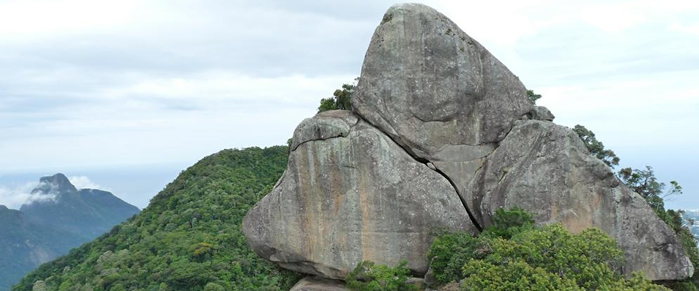
Tijuca Forest
Set in the densely populated area of the city of Rio de Janeiro, the Tijuca National Park is the largest urban forest in the world, with an area of 3,300 ha, within which is the Tijuca Forest. Some points of interest in the forest are the Taunay Waterfall, Chapel Mayrink, the Garden of Manacas, the restaurant The Chipmunks, the Diamantina Waterfall, the Cave of Paul and Virginia, Bom Retiro Park and Fairy Lake.
(Address: Praça Afonso Viseu – Alto da Boa Vista)

Botanical Garden
The Botanical Garden has a huge green area of 1.4 million square meters where they are grown about five thousand species of tropical plants and trees. Walking through the trails that cut through the garden to discover, among the royal palms and their thrushes, carnivorous plants, African violets, orchids, small fountains and places inhabited by monkeys, squirrels and opossums. The garden also houses the Botanical Museum, a library with a collection of 76 thousand specialized books, a garden, an orchid and several greenhouses.
(Address: Jardim Botânico, 1008 – Jardim Botânico Tel: (55 21) 2294-9349 – Hours: Daily from 8 to 17h.)

Sugar Loaf
One of the main sights of Rio de Janeiro can be seen at the entrance of Guanabara Bay. Comprising two parts, the first is from the Red Beach to Urca Hill reaching 224 meters high, and the second sentence of Morro da Urca to Sugar Loaf, 395 meters high. The trip on the cable car lasts about 3 minutes each way. Currently, they transported about one million people a year in cable cars with a capacity of seventy-five passengers per trip. (Address: Av Pasteur, 520 – Praia Vermelha – Tel.: (55 21) 2546-8400 Hours: Daily from 8 am to 22h.)
Barra da Tijuca
This area is the most recently modernized region of Rio de Janeiro. The region of Barra da Tijuca includes Barra da Tijuca, Recreio dos Bandeirantes, Vargem Grande, Vargem Pequena, Grumari, Itanhangá, Camorim and Joá.
Westwards from the older zones of Rio, Barra da Tijuca is a flat complex of barrier islands of formerly undeveloped coastal land, which constantly experiences new constructions and developments. It remains an area of accelerated growth, attracting some of the richer sectors of the population as well as luxury companies. High rise flats and sprawling shopping centers give the area a far more Modernism feel than the crowded city centre.
The urban planning of the area, completed in the late 1960s, mixes zones of single-family houses with residential skyscrapers. The beaches of Barra da Tijuca are also popular with the city’s residents.
Maracanã
The official name of the stadium, Mário Filho, was given in honor of an old Pernambucan journalist, (the brother of Nelson Rodrigues), who was a strong vocal supporter of the construction of the Maracanã. The stadium’s popular name is derived from the Maracanã River.
Since then, it has seen many major moments in Brazilian and world soccer, as well as hosting large-scale shows.
Museum of Tomorrow
The Museum of Tomorrow (Portuguese: Museu do Amanhã) is a science museum in the city of Rio de Janeiro, Brazil. It was designed by Spanish neofuturistic architect Santiago Calatrava, and built next to the waterfront at Pier Maua.
The main exhibition takes visitors through five main areas: Cosmos, Earth, Anthropocene, Tomorrow and Now via a number of experiments and experiences. The museum mixes science with an innovative design to focus on sustainable cities.
City of Arts
The Cidade das Artes (City of Arts) is a cultural complex located in Barra da Tijuca in the Southwest Zone of Rio de Janeiro, Brazil, which was originally.
This Center launched a new cycle in the cultural life of Rio de Janeiro. This sculpture-construction is one of the most important and complete venues for presenting the arts.
Beaches of the Rio de Janeiro
Some of the best known beaches in the world are located in Rio de Janeiro that meet and attract many tourists mainly during the summer.
Among them are: Barra da Tijuca, Recreio dos Bandeirantes, Grumari, Leblon, Ipanema and Copacabana.
